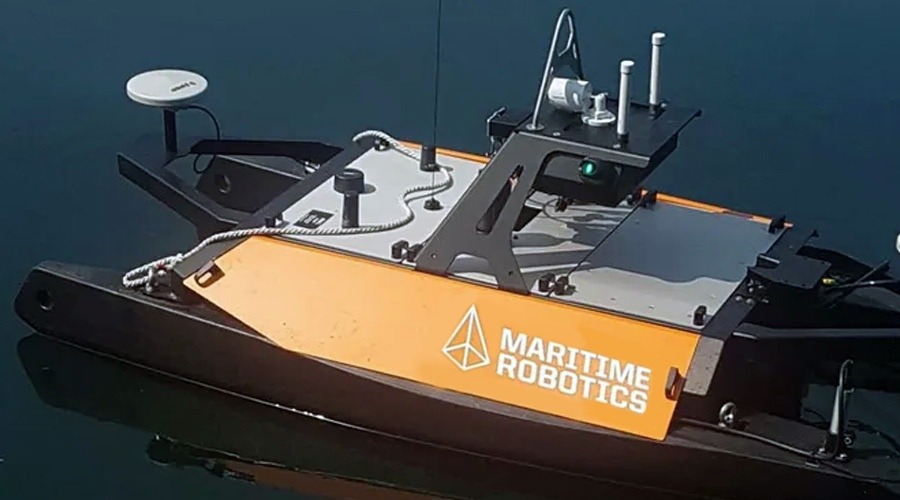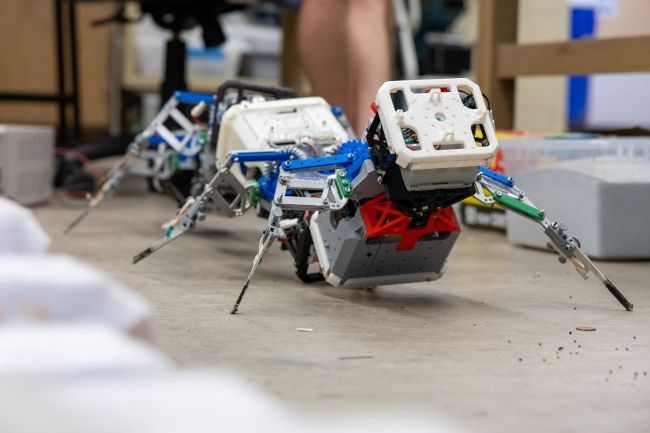Ever wanted to play ping pong but couldn't find a partner? Scientists at the Massachusetts Institute of Technology (MIT) have created a robot that might just be your next opponent – and it's surprisingly good.
A Robot That Actually Knows How to Play
This isn't just any robot swinging a paddle randomly. The MIT ping pong robot can perform three key types of shots that human players use: topspin (called a "loop"), backspin cuts (called "chops"), and fast drives. What makes this impressive is that these shots require split-second timing and precise control – something robots have struggled with until now.
The robot successfully hit 88% of the 150 balls thrown at it during testing. Its fastest paddle speed reached 19 meters per second, which comes close to human championship levels of 21-25 meters per second.
How Does It Work?
The secret lies in the robot's lightweight but powerful arm design. Unlike bulky industrial robots, this arm weighs only 3 kilograms (about 6.6 pounds) but can generate incredible acceleration – up to 300 meters per second squared at the paddle end.
Six high-speed cameras track the ball's movement using special reflective tape. The robot's computer brain can predict where the ball will go and plan the perfect shot in just 7.5 to 16 milliseconds – faster than you can blink.
Smart Prediction Technology
The robot doesn't just react to where the ball is now; it calculates where the ball will be when it needs to hit it. This prediction gets more accurate as the ball gets closer, especially after it bounces off the table. The system can predict the exact moment of impact within a quarter of a millisecond.
Beyond Ping Pong
While beating humans at table tennis is impressive, the researchers see bigger applications. This technology could help create faster, more responsive robots for search and rescue missions or any situation where robots need to react quickly to moving objects.
What's Next?
The robot still has limitations – it's currently bolted to the ping pong table, which restricts its movement. The MIT team plans to put it on a mobile platform so it can move around the table like a human player, opening up even more types of shots and strategies.
The Bigger Picture
This project tackles one of robotics' biggest challenges: manipulating objects that are moving fast and unpredictably. Most robots work well with stationary objects, but real-world situations often involve catching, hitting, or redirecting moving things.
The ping pong robot represents a significant step forward in creating machines that can handle dynamic, high-speed tasks. So the next time you can't find someone to play table tennis with, a robot opponent might not be such a far-fetched idea after all.
The research demonstrates how combining lightweight engineering, high-speed sensors, and predictive algorithms can create robots capable of matching human performance in complex, time-sensitive tasks.


















